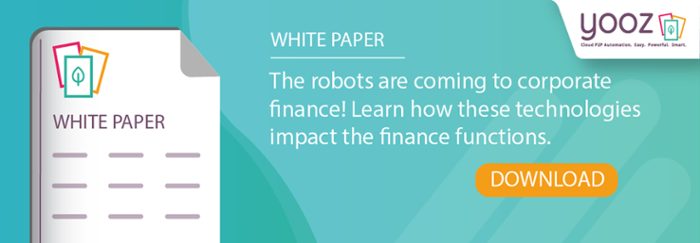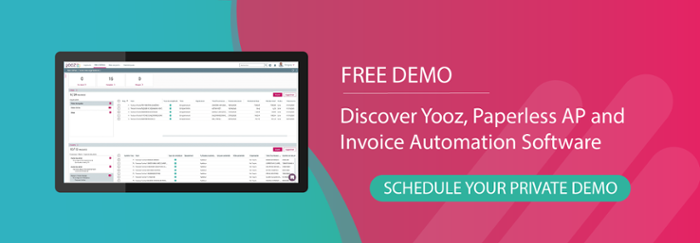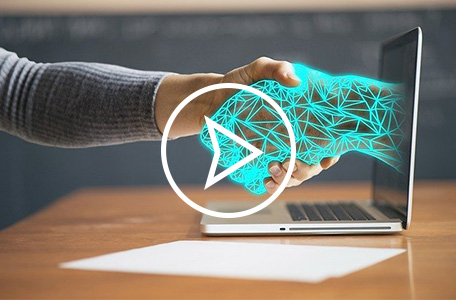Definition |
|
Procure-to-Pay or Purchase-to-Pay (P2P) process is the set of actions taken by an organization to acquire, account for, and manage goods and services from an outside supplier. The sequence of well-defined steps span from the initial identification of the need through payment, goods receipt, and final accounting of expenditures, all organized to ensure efficiency, accuracy, and compliance with both internal and external regulations. |
In the dynamic and competitive realm of modern business, optimizing internal processes stands out as a critical factor in achieving success. Prominent among these is Procure-to-Pay (P2P) and process optimization, a foundation that every organization relies on.
This series of steps is necessary for any business operations, regardless of either size or type. Done correctly, the teams responsible for Procurement and Accounts Payable should be able to review the status of any transaction at any given moment, from initiating the purchase through completing payment.
For this reason, organizations are constantly ready to improve accounts payable efficiency.
How Important is a Successful Procure -to-Pay Cycle?
The implementation of a well-designed and efficient procure-to-pay system can yield significant positive outcomes including streamlined operations, heightened transparency, and notable cost savings.
In fact, a fine-tuned P2P process becomes a transformative force in business operations encompassing everything from minimizing delays, fostering a transparent environment, supporting informed decision-making, reducing costs, and more.

Unlocking Efficiency in the Procure to Pay Process
Because the process contains so many different yet interconnected activities, efficiency is required to ensure that the organization can obtain the necessary goods and services while maintaining control over expenditures.
This essential business process involves several stages. Although these business processes may vary according to factors such as company size, industry, existing internal workflows, and technology utilization, the fundamentals of the pay process flow remain the same:
- Identification
- Requisition
- Order
- Receiving
- Invoice Processing
- Approval
- Payment
Let's look at these in further detail.
Steps in the Procure-to-Pay Process
Stage 1: Realization
1. Identification
The P2P process starts with identifying a need within the organization. This could arise from diverse sources such as departmental requirements or executive insights.
2. Requisition 
After identifying a need a requisition is created. This document captures crucial details like quantity, specifications, and timelines, setting the foundation for the next stages.
Stage 2: Procure
3. Order
After the supplier has been selected, the next step is creation of a Purchase Order (PO). The PO is essentially a detailed blueprint, outlining the specific terms, quantities, pricing, delivery dates, and payment terms.
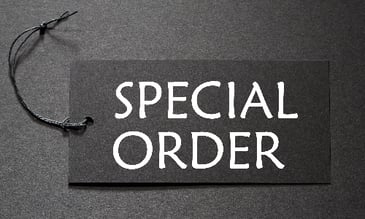
Once the details of the purchase request and the purchasing contract are reviewed, the contracts established, and approval secured, the PO is sent to the selected supplier.
Stage 3: Fulfill
4. Receive
Upon receiving purchase orders and order approval, the supplier initiates the fulfillment process, carefully preparing and delivering the requested goods or services to the purchaser.
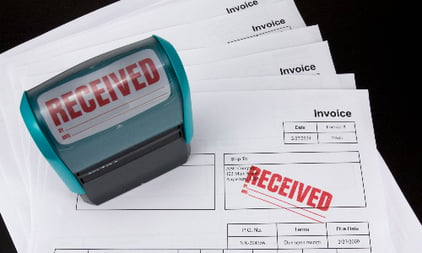
Stage 4: Invoice
5. Invoice Processing
Following delivery, the vendor or supplier will issue an invoice to the purchasing organization. This is typically routed through the purchasing department or Accounts Payable (AP) department.
The AP department will carefully compare the vendor invoice details against other documents including the PO and the goods/services received and vendor payment amount. This process is known as a three-way match. Any discrepancies are promptly identified and resolved during this stage, ensuring accuracy in the payment process.
6. Approval and Payment
Once the invoice undergoes thorough validation and approval, the organization proceeds with payment according to the contractual terms.
7. Payment
Vendor payment is handled by the Accounts Payable department and methods may vary and include checks, electronic funds transfer, virtual credit cards, or other established payment systems.
Takeaway |
|
The Procure-to-Pay process is a comprehensive framework designed to streamline and optimize the acquisition, supply, and management of goods and services. Each stage is intricately connected, emphasizing the importance of detailed precision, collaboration, and strategic decision-making for organizational success. |
The Benefits of Using Procure-to-Pay Software
There are multiple advantages to automating the Procure-to-Pay process, and they span across the entire organization's operations.
Faster Processing and Approval
Automation significantly reduces manual intervention, accelerating the entire entire life cycle, from requisition to payment and freeing up valuable time for employees to redirect their focus towards more strategic tasks.
Cost Savings
Streamlining P2P processes provides enhanced spend visibility and control. Armed with valuable information, organizations can negotiate advantageous terms with suppliers, eliminate duplicate payments, minimize late payment penalties, and avoid any unnecessary expenditures.
Transparency
Real-time digital tracking of procurement activities ensures that stakeholders can actively monitor invoice and payment statuses. This heightened transparency allows for better decision-making and faster issue resolution.
Improved Accuracy
Automation significantly reduces the chance of manual errors, ensuring accurate transactions and reducing the amount of time needed for correcting accounting human errors. This accuracy enhances overall operational efficiency.
Increased Compliance
Automated P2P systems enforce compliance with company policies, industry standards, and government regulations. This not only reduces the risk of unauthorized purchases and but also helps ensure adherence to rules and regulations.
This is particular important for global companies navigating diverse government requirements (such as the EU E-invoicing requirements).
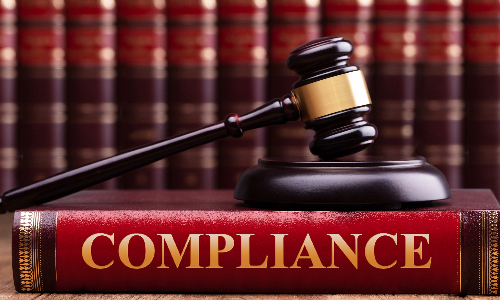
Improved Strategic Insights
Real-time data collected during the P2P process provides complete transparency into the entire procurement process, offering valuable insight into spending patterns, supplier performance, and market trends. This data-driven intelligence empowers decision-makers to make informed strategic moves that benefit the organization.
Enhanced Visibility and Control
P2P software enhances procurement control by consolidating functions into a unified platform. This provides real-time insights into purchasing, supplier relationships, and expenses. With robust tools, organizations optimize decisions, sourcing and find cost-saving opportunities.
In addition, the centralized P2P ensures tracked transactions, promoting responsibility and transparency.
Improved Supplier Relationships.
Automating the P2P process fosters stronger supplier relationships through transparent communication, increased accuracy, and timely payments. It changes the way that your organization tracks vendor performance, contributing to long-term collaborative partnerships with these preferred suppliers.
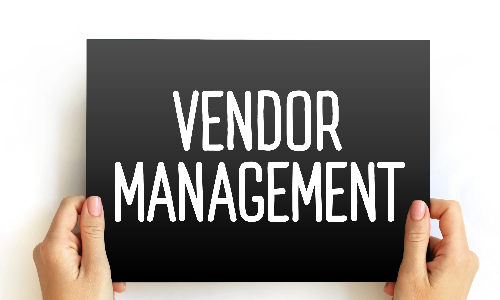
In essence, a well-executed automated P2P purchasing process is vital for achieving operational excellence and maintaining a competitive edge. Organizations that embrace technology and automation in their P2P purchasing processes navigate procurement with ease, driving efficiency, cost savings, and improved overall financial management.
Advantages of Procure-to-Pay Automation
Complete P2P process automation is the foundation of modern procurement practices, replacing time-consuming manual tasks with streamlined, efficient workflows. Here's how P2P automation accomplishes this:
Competitive Edge
Organizations leveraging P2P automation software gain a competitive advantage by operating more efficiently, reducing costs, and responding faster to market demands.
Scalability
P2P automation systems are often scalable, enabling organizations to adapt easily to changes in transaction volume and company growth.
Collaboration
Automation facilitates better collaboration between different departments involved in the P2P process including Procurement, Finance, and Accounts Payable.
Audit Trail
Automation systems create a comprehensive audit trail for procurement teams, enhancing accountability and transparency throughout the procurement lifecycle.
Customization
Many P2P automation solutions can be customized to meet the specific needs of an organizations, ensuring that the systems aligns with their unique requirements.
Specific Areas Where P2P Automation Makes a Difference
Here are some of the significant improvements resulting from implementing P2P automation software.
1. Streamlined Requisitioning and Approval Workflows
Automation facilitates the creation of standardized purchase requisition templates and predefined, customizable approval hierarchies. This accelerates the process while ensuring that each such purchase requisition and invoice follows a consistent, digitally tracked path. This in turn maintains compliance and accountability.
2. Intelligent Invoice Matching and Verification
Automated systems leverage Artificial Intelligence (AI) and advanced technologies to match incoming invoices with purchase order and goods received. This process, commonly known as two-way or three-way invoice matching, ensures that any inconsistencies are detected from the outset.
This enhances the verification process, minimizing errors throughout and ensuring a smoother workflow.
3. Real-Time Visibility
Automation provides stakeholders with real-time insights into invoice and payment statuses, enabling informed decision-making and proactive issue resolution at any stage of the P2P process.
4. Robust Data Analytics and Reporting
Automated P2P procurement solutions collect and analyze data, offering a centralized, real-time repository for the entire organization. This data-driven approach provides the procurement leaders and finance team with valuable insights into supplier performance, spending trends, and potential cost-saving opportunities.
Furthermore, since the data is collected in a single, centralized location, the entire organization is using the same real-time data.
Takeaway |
|
The key benefits and advantages of Procure to Pay automation are closely related and can have a transformative impact on an organization's overall efficiency and financial management. |
6 Best Practices for a Seamless P2P Process
It is essential to incorporate best practices in order to optimize cash flow in your P2P process. Here are key strategies to help ensure a seamless and efficient workflow:
- Implement Standardized Workflows: Implement standardized workflows for requisitioning, approval, and procurement. This streamlines the process and enhances consistency and compliance.
- Automate Customized Approval Routing: Utilize automation to establish predefined (customized) approval hierarchies. Automated approval routing ensures that each requisition and purchase order follows a consistent path, reducing delays and promoting accountability.
- Foster Supplier Collaboration: Foster strong collaboration with suppliers by establishing clear communication channels to foster a proactive and transparent relationship. This can include real-time updates on order status, delivery schedules, and potential issues.
- Continually Monitor and Optimize: Regularly monitor and assess your P2P process. Identify bottlenecks, inefficiencies, and areas for improvement. Continuous optimization ensures that your process remains agile and adaptable to changing business needs.
-
Prioritize Data Security and Compliance: Prioritize data security and compliance throughout the P2P process cycle, protecting against accounts payable fraud schemes. Implement robust measures to safeguard sensitive information and ensure adherence to relevant regulations. This will reduce the risk of errors and legal issues.
- Maintain Internal Communications: Maintain clear and consistent internal communication channels to ensure that all stakeholders are well-informed and aligned throughout the procure-to-pay process. This will promote transparency and collaboration.
Key Performance Indicators (KPIs) for Informed Decision Making
Measuring the performance of your P2P process is crucial for making informed decisions and driving continuous improvement. Consider the following Key Performance Indicators (KPIs) to gauge the effectiveness of your P2P process:
- Cycle Time: Evaluate the time taken from requisition to payment. A shorter cycle time indicates efficiency and responsiveness.
- Invoice Accuracy: Track the accuracy of invoices matched with purchase orders and goods received. This KPI helps identify discrepancies and reduces the likelihood of financial errors.
- Supplier Performance: Assess supplier performance based on factors such as on-time deliveries, quality of goods, and adherence to contractual terms. A reliable supplier contributes to a smoother P2P process.
- Cost Savings: Measure the cost savings achieved through effective negotiation, supplier consolidation, and other procurement strategies. Consistently monitoring cost savings helps to demonstrate the financial impact of a well-executed P2P process.
- Compliance Rates: Ensure compliance with internal policies and external regulations. Monitoring compliance rates minimizes risks and strengthens the overall integrity of your operational processes.
Takeaway |
|
Incorporating technology and automation into the procure to pay process is a necessity for organizations wanting to thrive in competitive business conditions. The advantages are clear: increased efficiency, reduced costs, minimized errors, and the ability to make better, data-driven decisions.
Embracing P2P automation means positioning the organization for ongoing success. |
What is the Difference Between Source-to-Pay and Procure-to-Pay?
Source-to-Pay (S2P) and Procure-to-Pay (P2P) are related but distinct. processes in terms of procurement and supply chain management. While S2P covers the entire strategic and operational procurement lifecycle of procure to pay operations, P2P is specifically concerned with the operational aspects of obtaining goods and services from requisitioning to payment.
Here are the key differences:
The two often work in conjunction, with S2P providing the strategic framework and guiding the overall procurement strategy, while P2P handles the actual execution.
Ready To Elevate Your Procure-to-Pay Process?
If you’re ready to make changes in your business and ensure your procure to pay process is as efficient as possible, talk to Yooz. We can help you every step of the way, ensuring your procure to pay process is the best it can be. Check out our website and request a demo to find out more about what we can do to improve your procure to pay process.



